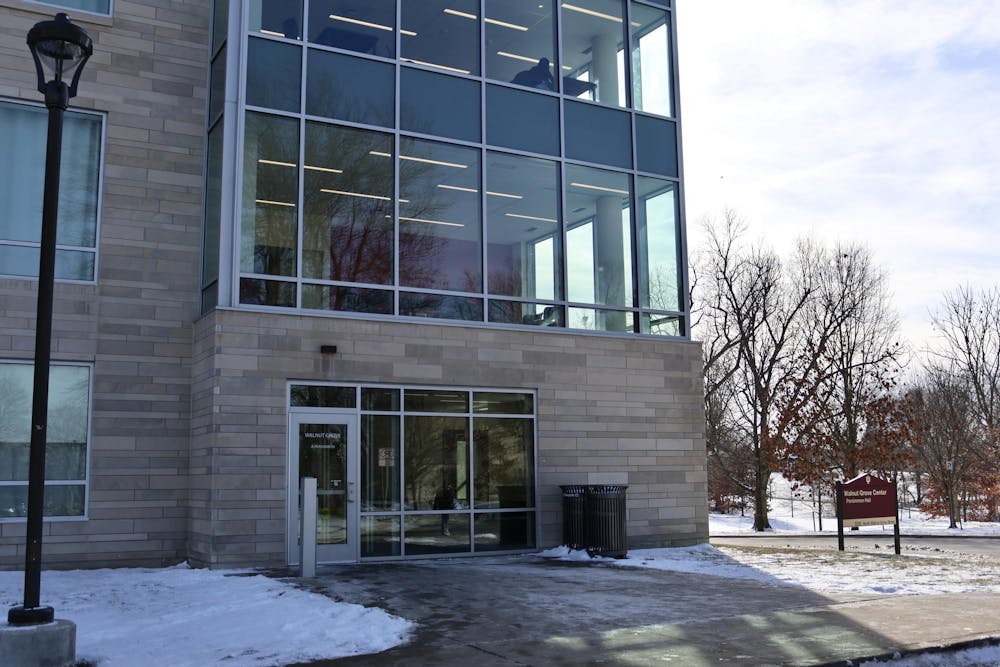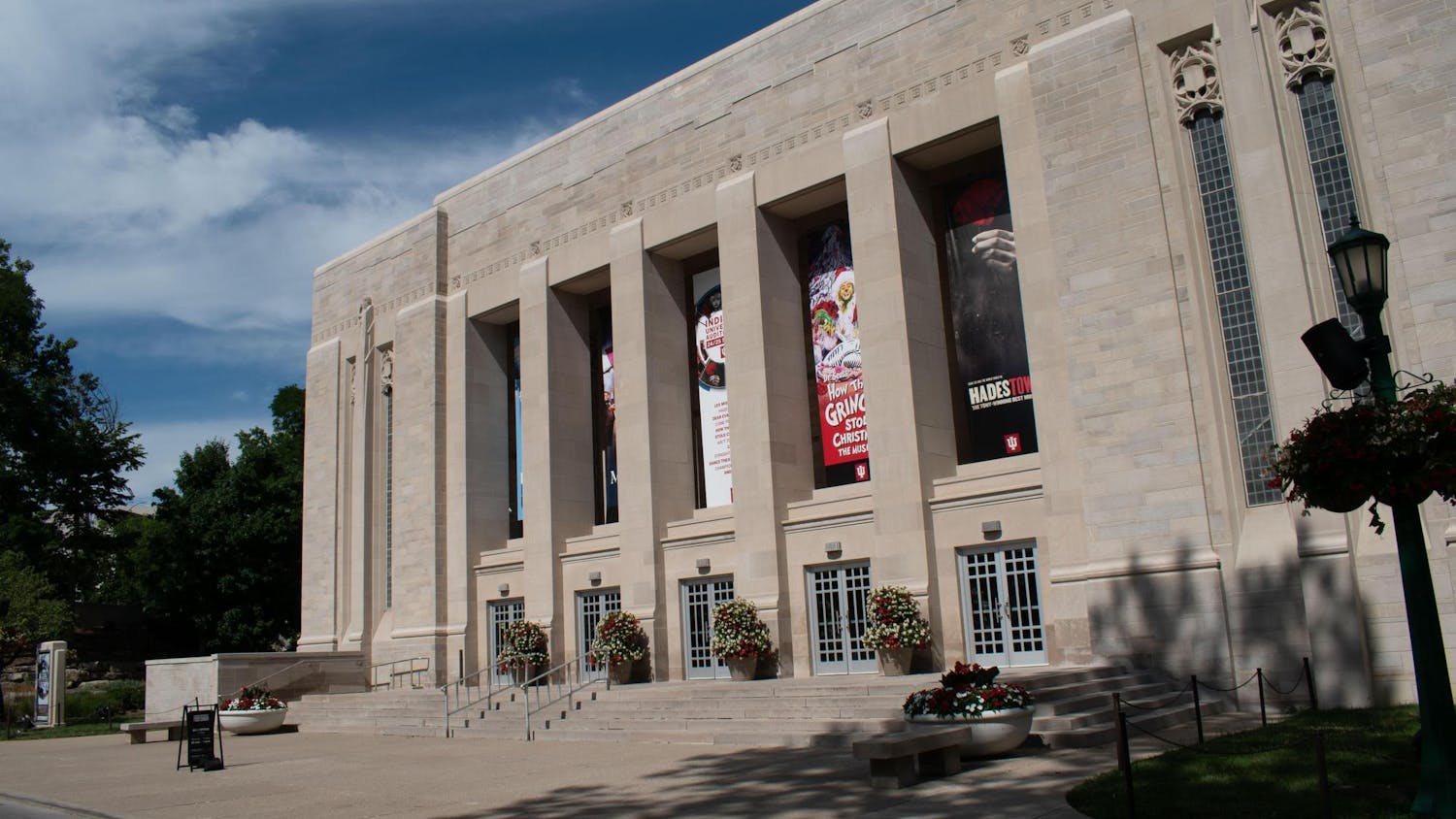Dorm living is a rite of passage for college students. For many, the entire experience is a host of unknowns: sharing a room (often for the first time), living in a much smaller space than usual and sharing common spaces with strangers. When I began college, I was worried about this huge transition— what if I needed alone time? But I have found dorm living is, in fact, wonderful.
A basic truth: Americans are lonelier than ever before. In 2023, the US Surgeon General released an advisory titled, “Our Epidemic of Loneliness and Isolation,” warning of rising levels of social isolation. According to the advisory, in 2020, the average American spent 24 more hours alone per month than the average person in 2003. The stats are even more striking for youth ages 15-24, whose time spent daily with friends has decreased by 70% in the last two decades. The number of close friendships declined as well —50% of Americans report having three or fewer close friends — as has household and family engagement.
Declining social connection can affect many other facets of our lives. People with less social connection may live shorter lives and are more likely to experience health problems. The Surgeon General’s advisory says that “lacking social connection is as dangerous as smoking up to 15 cigarettes a day.”
I believe dorms, aside from serving the practical purpose of housing college students, are a potential treatment to social isolation. Humans are social beings. We crave human connection, whether it is deep talks with a close friend or a simple greeting to a neighbor. Dorms place students in close proximity to each other and facilitate connection. In dorms, students share not only hallways but also a lounge, kitchen and bathrooms. This is much more than physical space; it’s sharing a community. An environment for sleeping and eating, yes, but also for celebration, joy and sorrow.
Ideally, dorm residents find a microcosm of the university. They form close relationships with floormates. They learn how to live with others. This could mean adjusting their own habits and negotiating the conflict that inevitably comes with close proximity. For me, the dorm has provided a go-to dinner group, acquaintances I can always wave to on the sidewalk and friends to binge Jeopardy with. Not to mention a roommate to debrief with every night and guilt me into keeping my side of the room clean just by her presence.
Of course, it all takes effort. As many students can attest, if few people in a dorm attempt to make connections, then the dorm fails to serve its second function of social conduit. There are also plenty of stories of inconsiderate roommates or neighbors blasting music late into the night. I would be naive to ignore these realities. But it doesn't change the fact that I believe dorms, at their best, serve a valuable purpose.
Students should treasure this opportunity to live semi-communally because it is unique in modern society. Dorm living is more similar to the communal lives of our ancestors than almost any other form of housing. The community found through dorm living is something many people chase for years following graduation. Perhaps we shouldn’t be surprised there have been recent movements to create “intentional communities,” in which residences are designed with shared common spaces and community events.
Dorms satisfy our cravings for connection. We as college students should appreciate the invaluable opportunity to know a friend is always just a few steps down the hall.
Samantha Camire (she/her) is a freshman studying journalism with a minor in Spanish.






